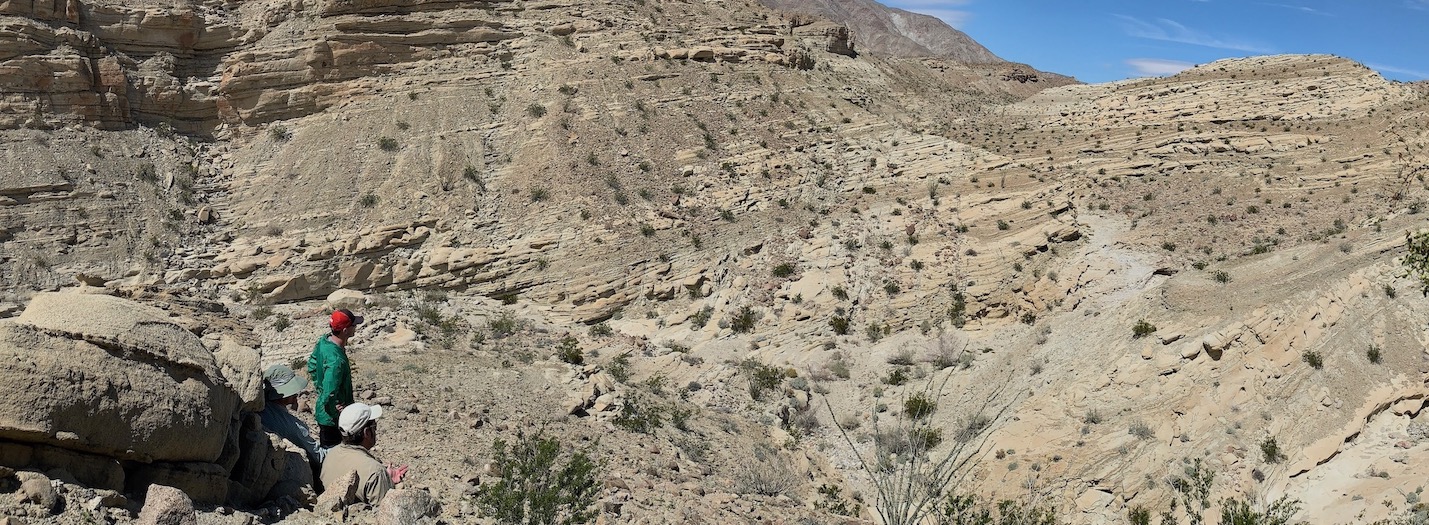
Deepwater Depositional Systems of California
Course Details
Deep-water deposits have proven to be some of the most prolific hydrocarbon reservoirs worldwide. Submarine channel-fills and fans from East and West Africa, the Gulf of Mexico, the North Sea, the Black Sea and South America have been producing since the 1980s, as well as being the targets for additional exploration and development. Frontier areas, like the northern and southern Atlantic, Indian and Arctic Oceans, as well at the Mediterranean, are also prospective for deep-water reservoirs.
Southern California USA has spectacular outcrops of Cretaceous through Miocene deep-water deposits in coastal exposures and the mountains of the Mojave Desert. These outcrops provide excellent analogs for the subsurface submarine channel-fills and lobes encountered in producing and prospective submarine fan hydrocarbon reservoirs.
Participants will have the opportunity to:
1) Gain an understanding of the processes of deep-water sediment gravity flows (turbidity currents and debris flows) and submarine fan evolution
2) Become familiar with deep-water depositional facies, including characteristic textures, fabrics, and architecture
3) Recognize characteristic facies assemblages, stacking patterns, and depositional elements of channel-fills, lobes, and debris flow deposits in outcrop and vertical successions
4) Compare the facies diversity and stratal geometry, continuity, and connectivity of different deep-water depositional elements
5) Develop expertise in predicting deep-water reservoir characteristics using the concepts and methods of process stratigraphy
Who Should Attend
• Geologists • Geophysicists
• Petrophysicists • Geologic Modelers • Engineers
This course is meant for all who are working on deepwater reservoirs in an exploration or development capacity.
Need more information?
Course Outline
Day 1
Arrive in San Diego, CA, travel to lodging in San Clemente, CA, Introductions, expectations, logistics
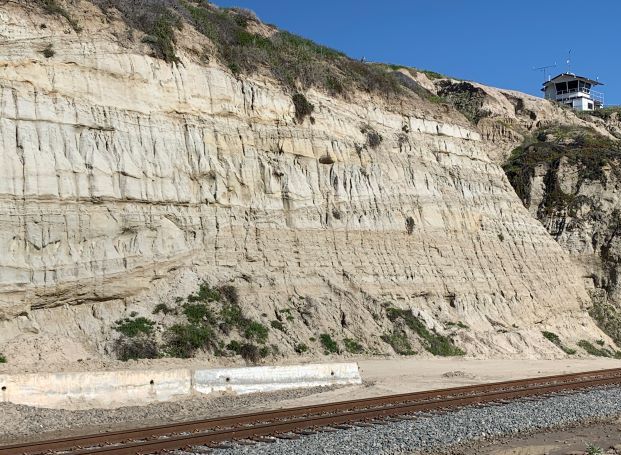
Day 2
Classroom lecture: deep-water processes, facies, and stratal architecture
San Clemente Beach State Park: Miocene-Pliocene Capistrano Formation, deep-water channel-fill and channel-margin facies, vertical successions, and stratal architecture.
Travel to lodging in La Jolla, CA area
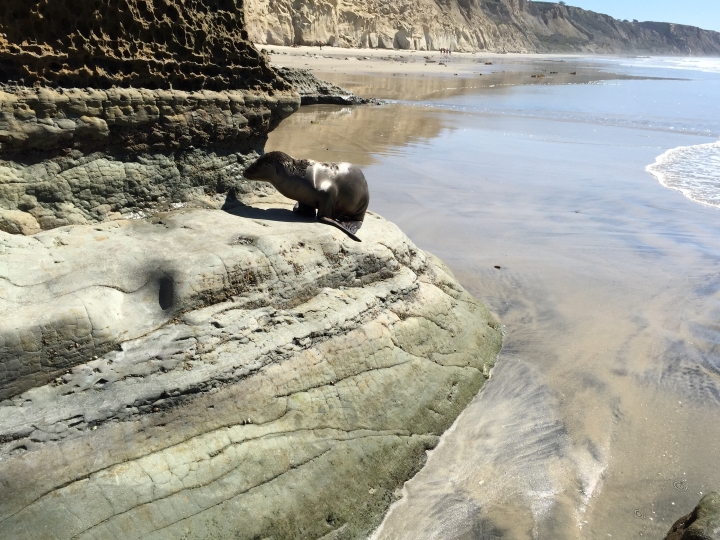
Day 3
Torrey Pines State Reserve: Eocene La Jolla Group shallow and deep-water deposits, deep-water channel- and canyon-fill recognition criteria and stratal architecture.
Blacks Beach to La Jolla: Eocene Scripps and Ardath Formations, deep-water channel fill facies and architecture
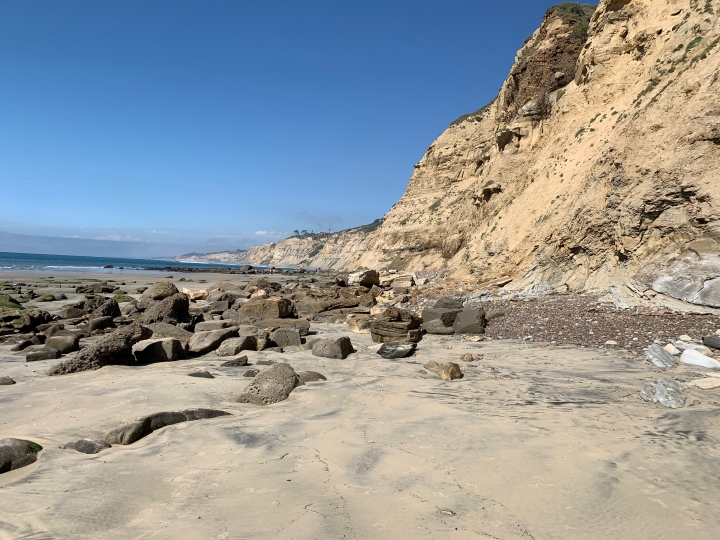
Day 4
La Jolla: Cretaceous Point Loma Formation, deep-water proximal lobe facies and stacking patterns
Sunset Cliffs and Cabrillo National Monument: Cretaceous Point Loma Formation, deep-water medial and distal lobe facies and stacking patterns
Travel to lodging in Borrego Springs, CA
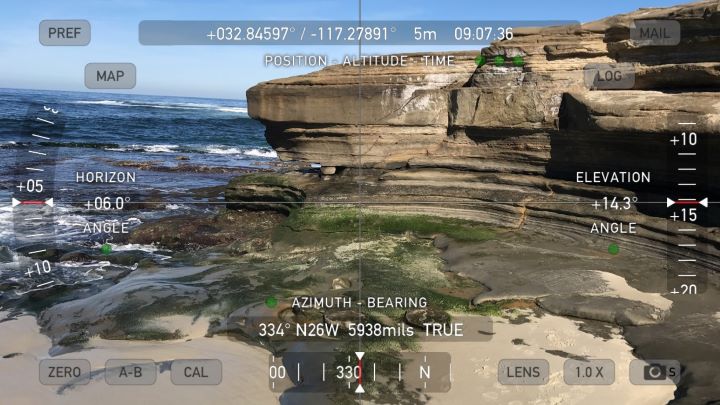
Day 5
Anza-Borrego State Park: Miocene Lycium Wash Member lobe facies and stratal architecture
Classroom lecture: Process stratigraphy in deep-water depositional settings and prediction of reservoir properties
Day 6
Travel back to San Diego after a workshop on client data for an evening departure
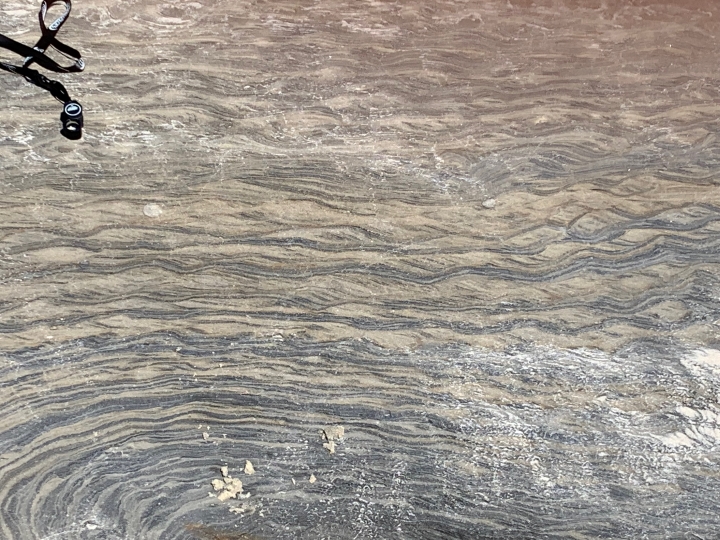
This course is schedules for March 4-8, 2024 and costs $6500/person. This all inclusive rate includes five nights hotel stay, all meals, snacks and drinks in the field, fuel, permits, transportation during the field trip, tuition and field guide.


